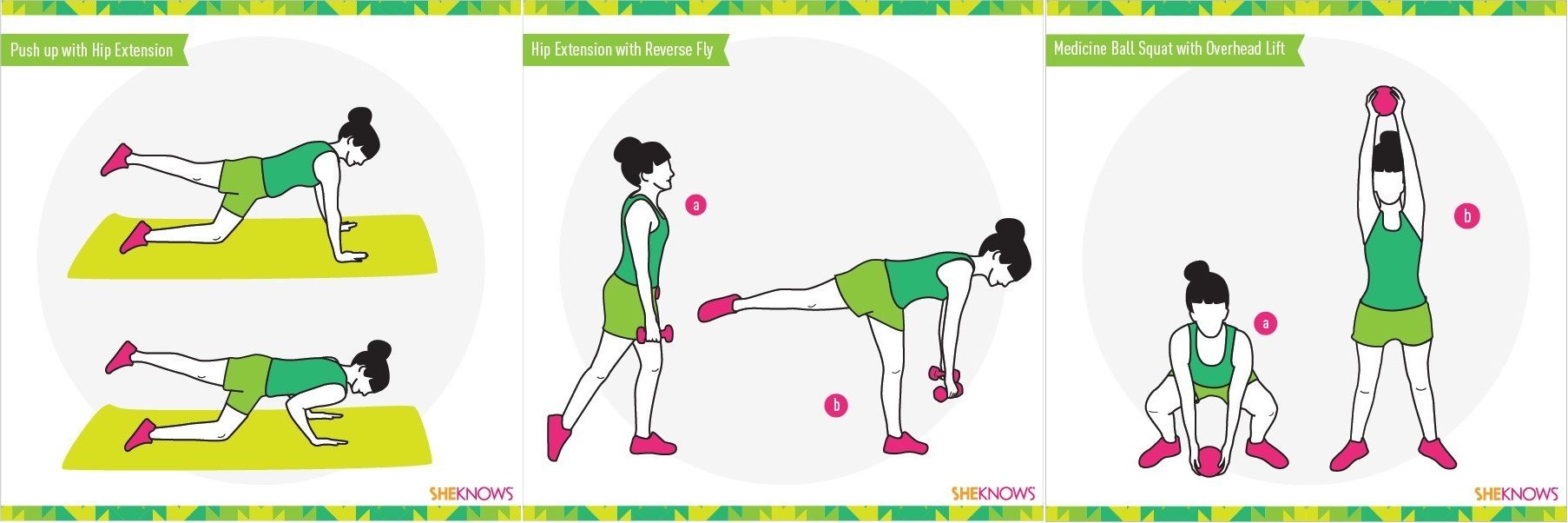In a nutshell, functional training is an effective type of exercise that conditions the body to be better equipped to handle movements and activities that it would do on a daily basis. The focus is primarily on building a body capable of doing real-life activities in real-life positions, not just lifting a certain amount of weight in a certain posture created by a traditional gym machine.
Most traditional strength training programs (and the equipment they are prescribed on) revolve around the isolation of a single muscle moving through a pre-determined range of motion. For example, think about an arm curl machine – by using this machine you can only isolate/train the biceps (Brachii) muscle and can only do so through the one fixed plane of motion.
The key to functional training is integration. It’s about teaching all the muscles to work together rather than isolating them to work independently.
When done correctly, functional training helps to build the following skills and abilities, that many people need to thrive as they carry out daily activities:

By using basic functional movement patterns like pushing, pulling, squatting, rotating, carrying, walking and running in the fitness environment you can improve your overall movement proficiency and enhance your performance, which will help you to achieve your exercise goals safely and with good health outcomes.
It’s important to understand that for most people, jumping straight from traditional exercise training to a functional training routine may be a lot harder than expected. For starters, functional training is much more neurologically demanding than resistance training on machines.
You can’t perform functional exercises with the same level of intensity as machine exercise, and unlike traditional weightlifting, on machines, you never aim to train to ‘failure’. Instead, a functional training set should end when you can no longer perform the exercise with perfect form.
It’s rare to find an activity in life that is completely predictable and stable, most things that we do have degrees of variation and change from one time to the next. Think about when you go for a jog, do you run in exactly the same way, on exactly the same piece of ground, or are there variations that occur each time? The answer is (obviously), the latter. Therefore, it makes sense to not just limit your workouts by using stable and predictable movement patterns and equipment but to add variety and functional exercises as additional components of your training schedules.
The best way to improve functional strength is to practice. If you learn to supplement your traditional weight training program with some functional strength exercises you will be well on the way to seeing improvements in yourself and achieving your health and fitness goals.

References
